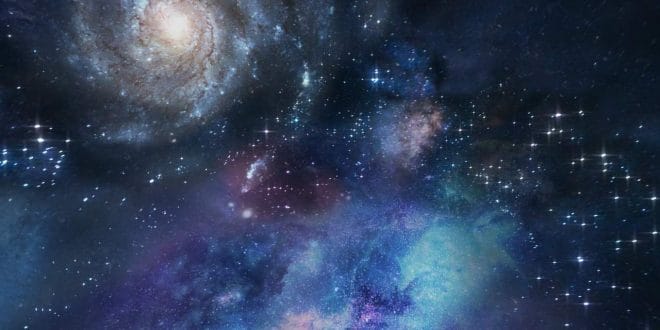Summary:
Yes, stars can collide with each other, although it is a relatively rare event given the vast distances between them. When stars do collide, the resulting interactions can have profound effects on their evolution and the surrounding space, leading to the formation of new stars, the release of immense amounts of energy, and the creation of exotic objects like black holes.
Explaining Can Stars Collide with Each Other:
Stars may seem like distant points of light in the night sky, but they are actually vast celestial objects that can interact with each other in surprising ways. While star collisions are relatively rare events, they do occur and can have significant consequences for the stars involved and the surrounding space.
Formation of Star Systems:
Stars are often born in groups or clusters from the same giant clouds of gas and dust. These stellar nurseries give rise to multiple stars that may orbit each other in complex configurations. Over time, the gravitational interactions between stars in these systems can lead to close encounters and even collisions.
Types of Star Collisions:
There are several ways stars can collide with each other, each with its own unique outcome. In some cases, two stars may merge together to form a single, more massive star. In other cases, the collision may result in the ejection of material into space, leading to the formation of new stars or the disruption of existing ones.
Effects of Star Collisions:
When stars collide, the resulting interactions can have profound effects on their evolution and the surrounding space. The release of energy from a star collision can be immense, producing intense radiation and shock waves that propagate through space. These collisions can also trigger the formation of new stars by compressing nearby gas and dust clouds.
Creation of Exotic Objects:
In some cases, star collisions can lead to the formation of exotic objects like black holes and neutron stars. When two massive stars collide, for example, they may collapse under their own gravity to form a black hole—a region of space where gravity is so strong that not even light can escape. Similarly, the collision of neutron stars can result in the formation of even more massive neutron stars or black holes.
Observation and Study:
Astronomers study star collisions using telescopes and other instruments to observe their effects and aftermath. By analyzing the light, radiation, and other emissions from these events, astronomers can learn more about the processes that shape the universe and the formation of exotic objects like black holes.
Conclusion: While star collisions are relatively rare events, they play a significant role in the evolution of stars and the dynamics of the universe. From triggering the formation of new stars to creating exotic objects like black holes, these cosmic collisions continue to fascinate astronomers and deepen our understanding of the cosmos.
 Lifeved The Keys to a Better
Lifeved The Keys to a Better



 by
by